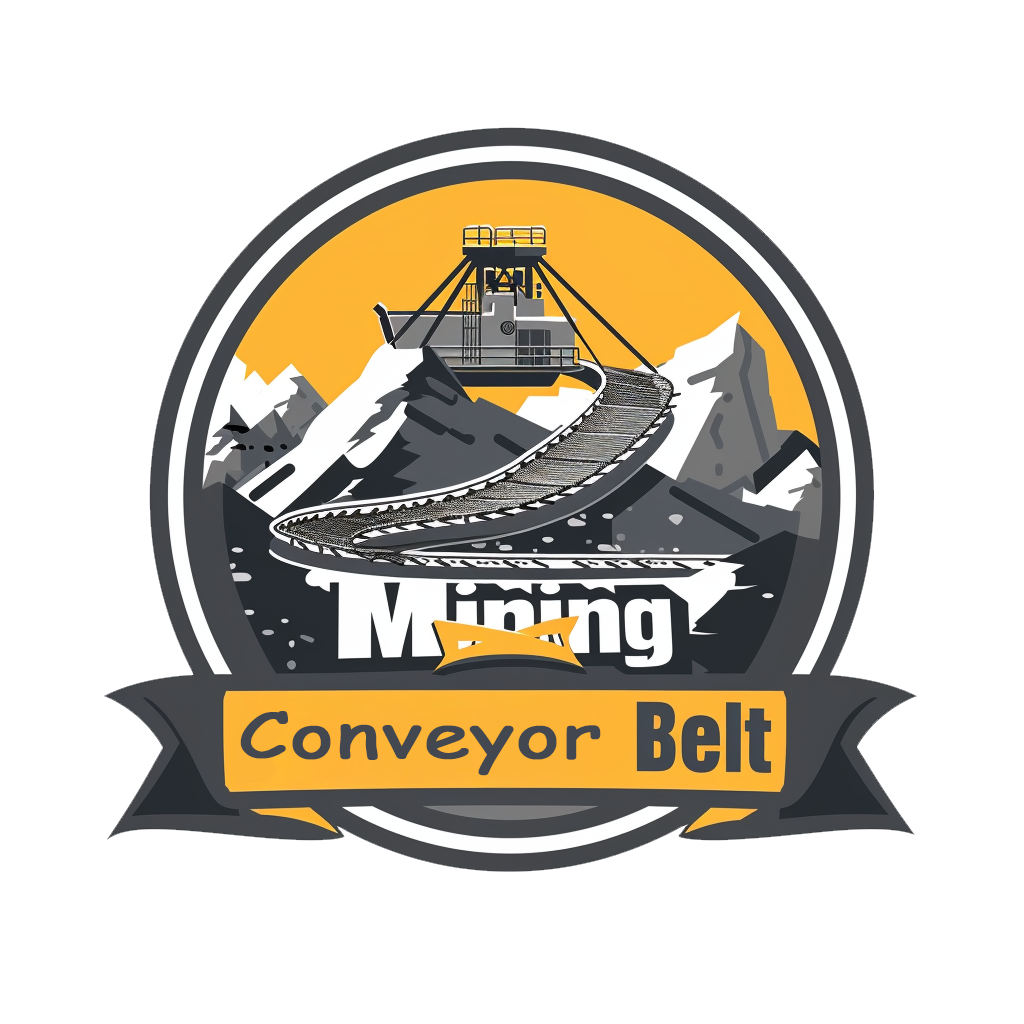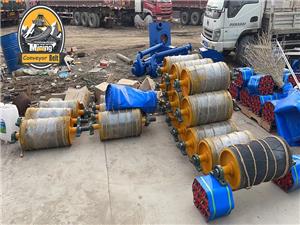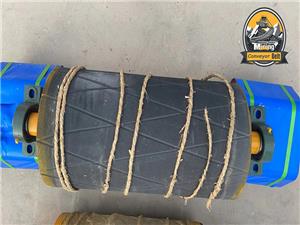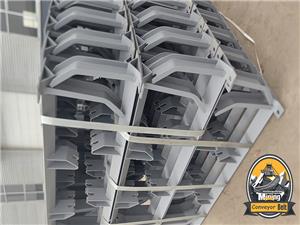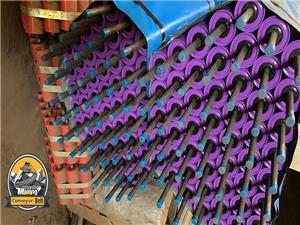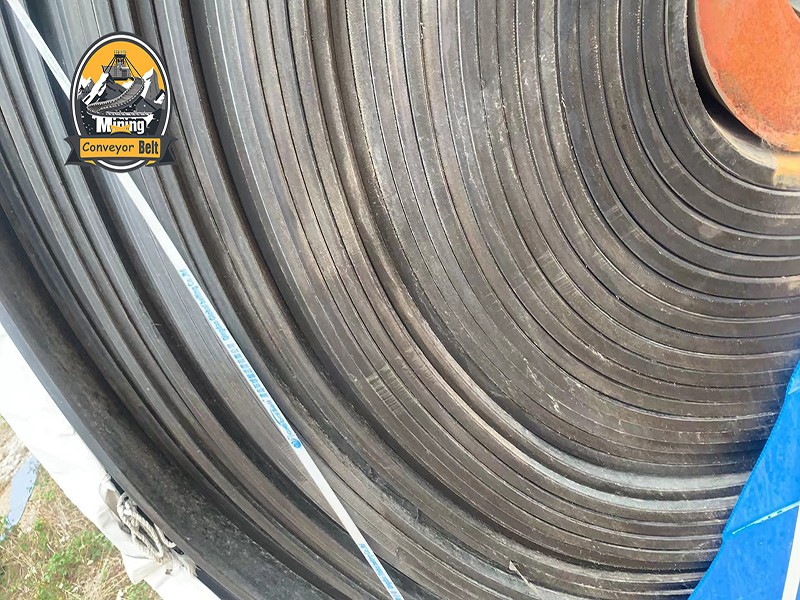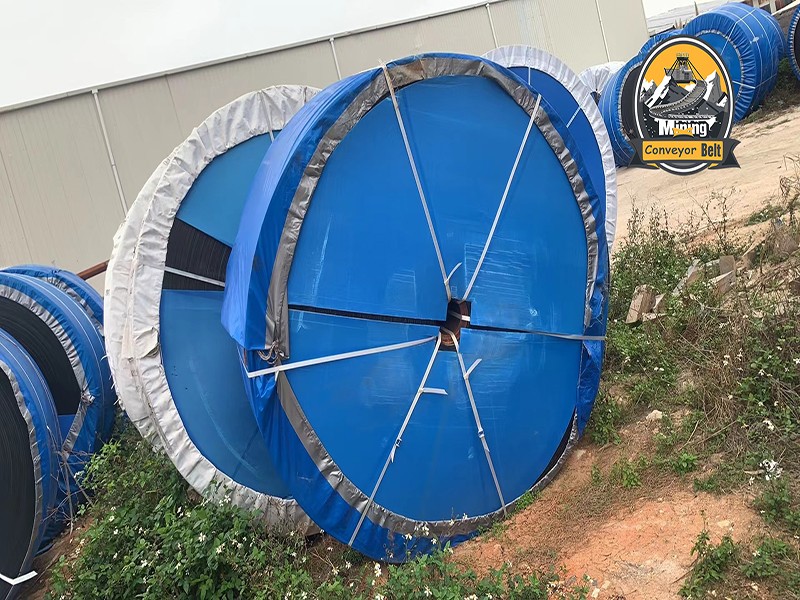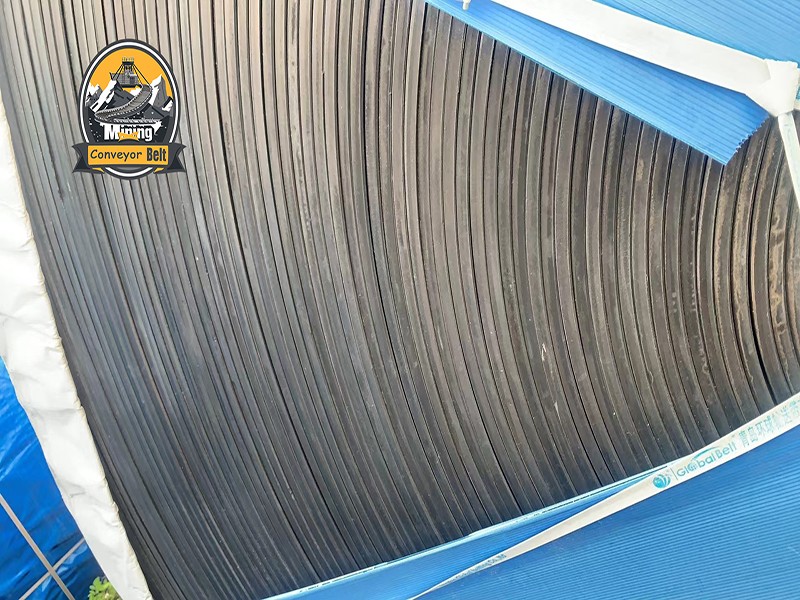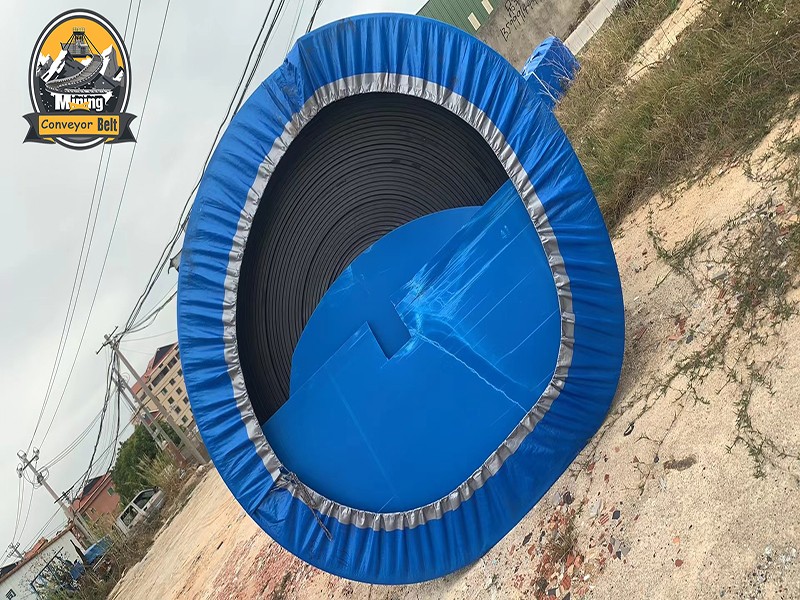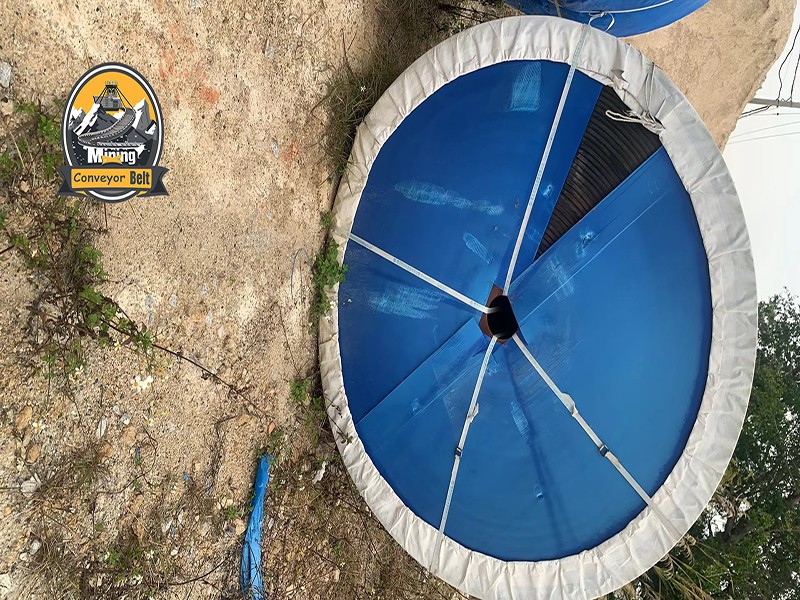
NN-250 Nylon Conveyor Belt nylon conveyor belt roller manufacturer
Brand Xiamen Mining
Product origin Xiamen
Lately, we've been producing a lot of NN-250 Nylon Conveyor Belts, and it's a product I'm particularly impressed with. Here's a look at what makes the NN-250 stand out from a quality perspective, and the key things I look for during inspections.
Built to Last: The NN-250's Mark of Excellence
The NN-250 is a heavy-duty belt designed for some of the most demanding applications out there - think quarries, mines, and large-scale construction projects. It's a step up from the NN-200, offering even greater tensile strength thanks to its 250 N/mm per layer rating. As an inspector, my primary concern is ensuring that the belt lives up to its specifications and can withstand the rigors of real-world use.
Key Quality Checks I Perform on the NN-250:
Tensile Strength Test:
Why it Matters: This is the most crucial test. It determines the belt's ability to withstand pulling forces without breaking.
What I Look For: The NN-250 must have a minimum overall tensile strength of 15 MPa, as per the GB/T7984-2001 standard. Each layer of the NN-250 belt should have a tensile strength of 250N/mm. I also check for consistent strength across the entire belt width and length.
Abrasion Resistance Test:
Why it Matters: This test determines how well the belt's cover will resist wear and tear from abrasive materials.
What I Look For: The wear volume should not exceed 200mm³ under the GB/T7984-2001 standard. This ensures a long service life even in harsh environments. A wear-resistant cover compound is highly recommended for abrasive materials.
Ply Adhesion Test:
Why it Matters: This test ensures that the layers of nylon fabric (plies) are properly bonded together. Weak adhesion can lead to delamination and premature belt failure.
What I Look For: The adhesion strength between plies must be at least 4.5 N/mm, and between the cover and ply at least 3.2 N/mm, according to the standard.
Dimensional Check:
Why it Matters: The belt needs to be the correct width and thickness to fit properly on the conveyor system.
What I Look For: We offer widths from 100mm to 3000mm, and thicknesses varying based on the number of plies (2-10 plies available) and cover thickness (1.5-8.0mm for top cover, 0-4.5mm for bottom cover). Everything must be within the specified tolerances.
Cover Compound Verification:
Why it Matters: Different applications require different cover compounds (e.g., wear-resistant, heat-resistant, oil-resistant).
What I Look For: I verify that the correct cover compound has been used based on the customer's order and that it meets the required specifications for hardness, elasticity, etc. The density of material that the belt can convey is between 0.5-2.5 t/m³.
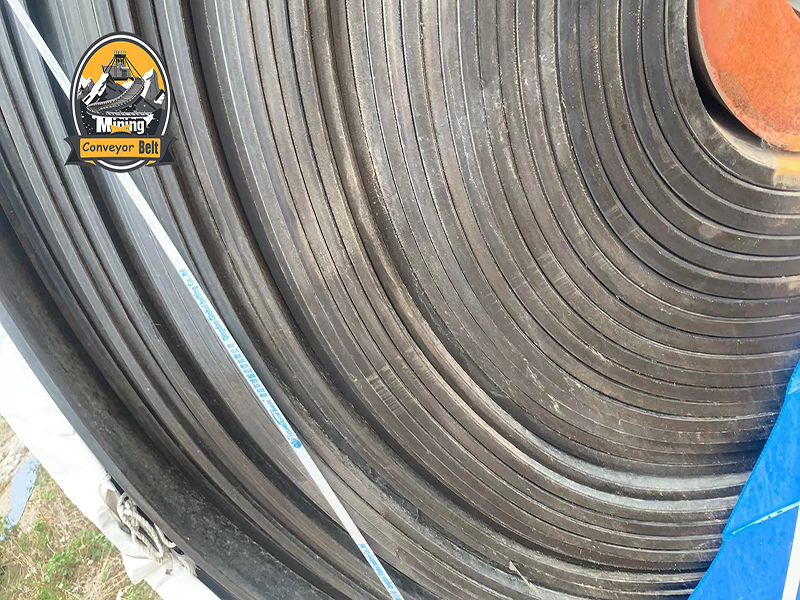
Why I'm Confident in the NN-250:
The NN-250 consistently meets and often exceeds the required quality standards. The combination of high-quality nylon fabric, a robust manufacturing process, and rigorous quality control procedures results in a belt that's built to last. It's a product I'm confident in putting my stamp of approval on. It also needs to be stored properly. The best storing environment is 18-40°C with a humidity of 50-80%. The belt should also run at a speed of less than 2.5 m/s to minimize damage.
The Final Word:
From a quality control perspective, the NN-250 Nylon Conveyor Belt is a top-tier product. Its superior strength, durability, and adherence to strict quality standards make it an excellent choice for demanding industrial applications. As an inspector, I sleep well at night knowing that the NN-250 is out there, reliably doing its job. If you need a stronger belt, you can also consider NN300, NN350, NN400, or even stronger models.
